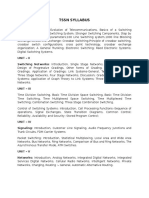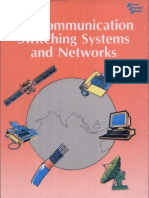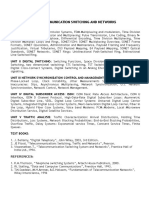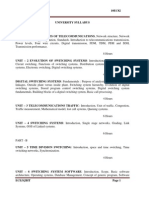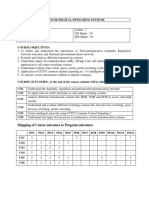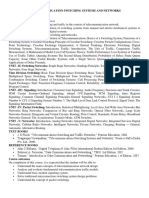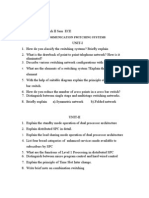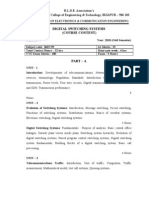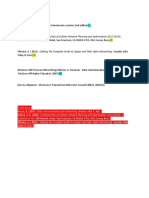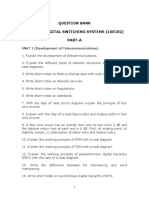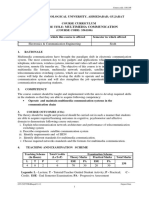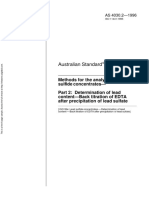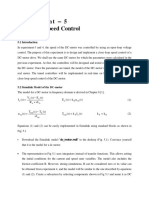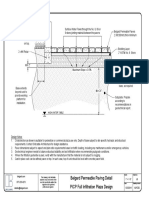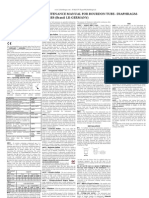0% found this document useful (0 votes)
115 views1 pageTelecom Switching Systems Guide
The document discusses electronic switching systems and is divided into six units. Unit I introduces basic telephone communication and switching systems including manual and crossbar switching. Unit II discusses electronic space division switching using stored program control. Unit III covers time division switching, its basic principles and various modes of operation. Unit IV focuses on telephone networks, their architecture, transmission, numbering and signaling techniques. Unit V examines different switching network topologies and traffic modeling. Unit VI concludes with an overview of Integrated Services Digital Network (ISDN) including its services, architecture and standards.
Uploaded by
Teja Saini TirumalaCopyright
© © All Rights Reserved
We take content rights seriously. If you suspect this is your content, claim it here.
Available Formats
Download as DOCX, PDF, TXT or read online on Scribd
0% found this document useful (0 votes)
115 views1 pageTelecom Switching Systems Guide
The document discusses electronic switching systems and is divided into six units. Unit I introduces basic telephone communication and switching systems including manual and crossbar switching. Unit II discusses electronic space division switching using stored program control. Unit III covers time division switching, its basic principles and various modes of operation. Unit IV focuses on telephone networks, their architecture, transmission, numbering and signaling techniques. Unit V examines different switching network topologies and traffic modeling. Unit VI concludes with an overview of Integrated Services Digital Network (ISDN) including its services, architecture and standards.
Uploaded by
Teja Saini TirumalaCopyright
© © All Rights Reserved
We take content rights seriously. If you suspect this is your content, claim it here.
Available Formats
Download as DOCX, PDF, TXT or read online on Scribd
/ 1

